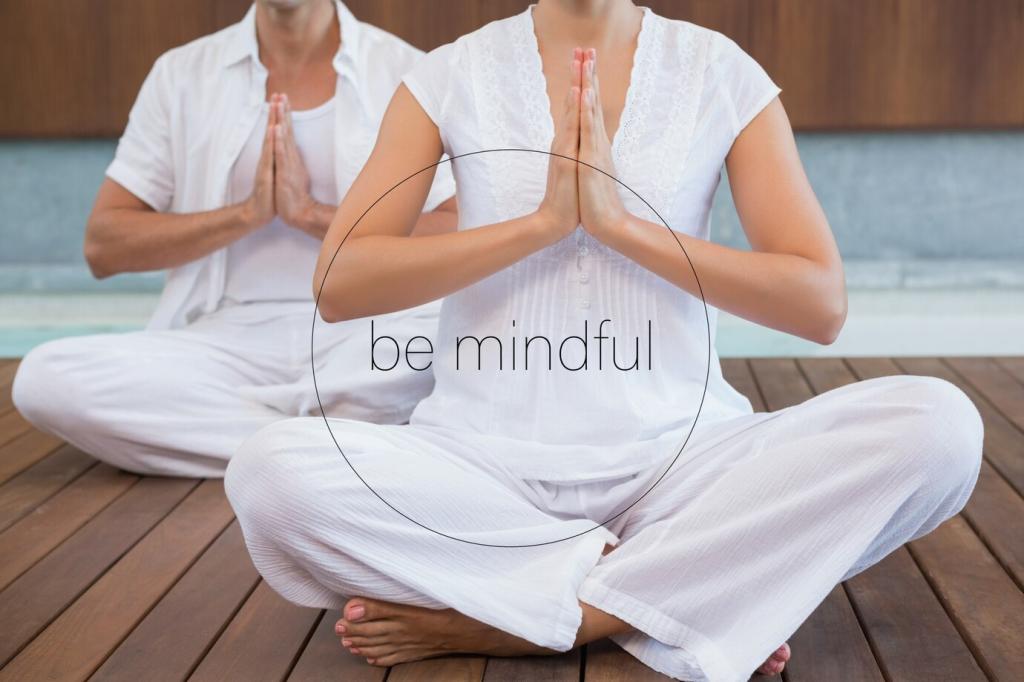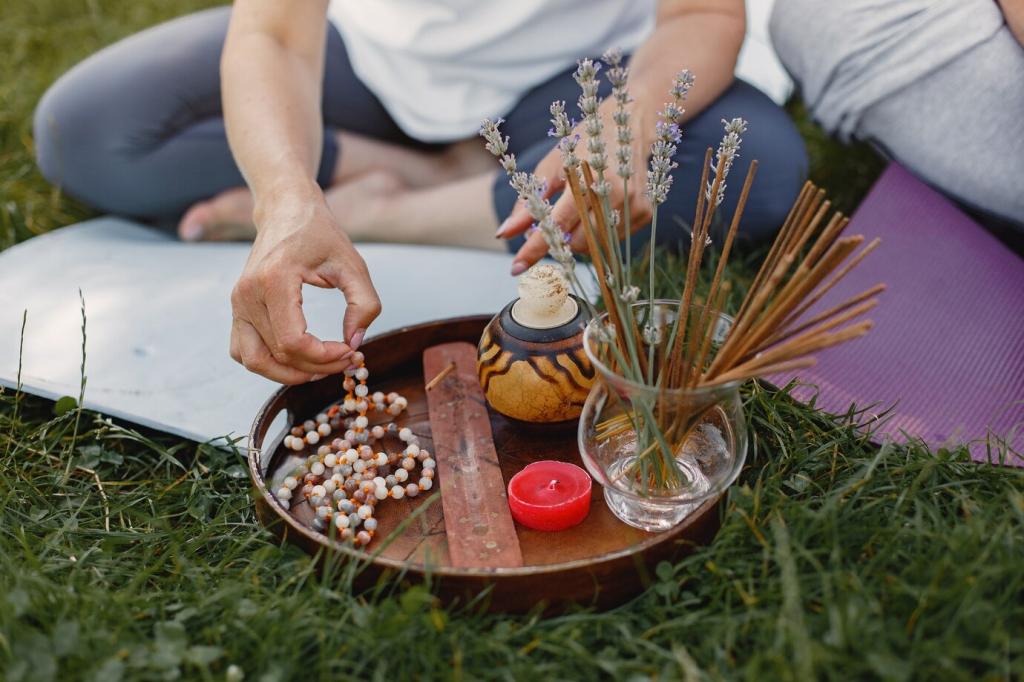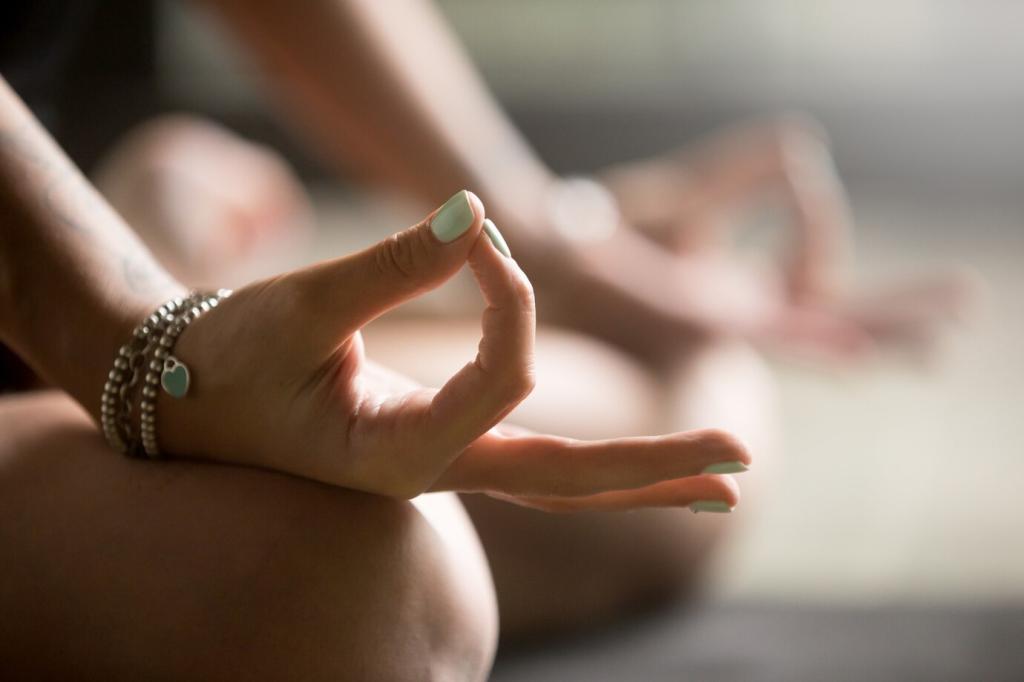Integrating Zazen into Daily Life
Before sending an email or stepping into a meeting, take one conscious inhale and one long exhale. Feel your feet. This tiny ritual steadies attention, softens reactivity, and keeps inner peace accessible during real pressure, deadlines, and surprises.
Integrating Zazen into Daily Life
Practice pausing before speaking. Notice sensations in the chest and belly, and listen fully to the other person. Respond with clarity and care. Over time, relationships feel safer, and home becomes a training ground for everyday compassionate presence.





